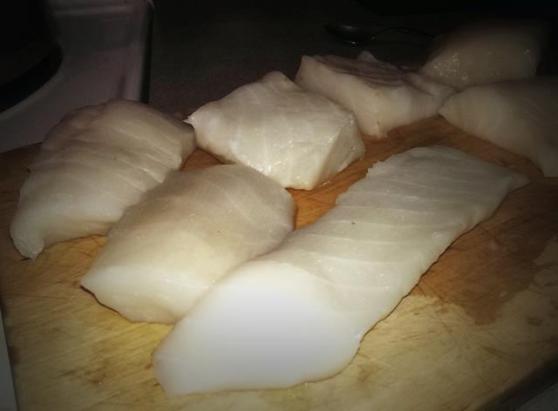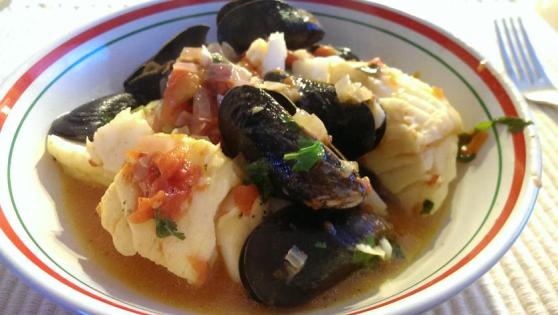What a fun night! Every so often I get to teach cooking classes at the Compleat Cook. Friday night’s class was a hand’s on Date Night focusing on Spanish Cuisine with a 7 course tasting menu. The three recipes I’m showcasing here were three of the dishes that I have been wanting to try for a while and happy to see people enjoy. I also have to give a shout out to my assistant for the night, John Leung, who was one of four people representing Calgary in Master Chef Canada.
The first, Scallop Ceviche with a Mango Gastrique, lots of textures and a nice balance between tart & sweetness. I was able to find some delicious, wild caught Scallops from New England. A fantastic Scallop found at Orca Bay Fish Co. in the Kingsland Farmer’s Market in Calgary. The recipe here calls for julienned Roma tomatoes. While doing the shopping for the class at the farmer’s market, I was able to find this little tiger striped organic tomato that tasted great and had a cool look to it.
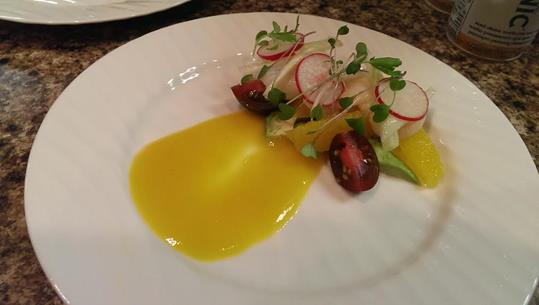
The Honey Dew Soup with Grapefruit & Prosciutto was a 2 source inspiration from Spain. While ideally, I would have preferred to make this dish with Jamon Iberico, a fantastic product made from black Iberian pigs, but was unable to find some for this class. Prosciutto is definitely a great product in its own right and a fantastic pairing with honeydew. While I was in Madrid, I visited a restaurant called Museo Del Jamon, the ham museum where the starter course I had there was a slice of honeydew draped with thinly sliced Jamon Iberico. It was very simple & rustic but a great, classic flavor pairing. The next source of inspiration came from a Ferran Adria cookbook called La Comida de la Familia, the family cookbook in which they detail the family meals had at El Bulli with the entire team before their dinner service. Many great recipes collected in this book, one of which was a honeydew soup with grapefruit segments. I didn’t go too far away from the recipe because the recipe is simple and great because of it. The only changes I added to this were the Prosciutto and the Balsamic reduction because these are flavors that are very natural together. The one piece of instruction I will add here that is not in the recipe directions is to squeeze the juice from the grapefruit as you segment them, and incorporate them with the honeydew juice.
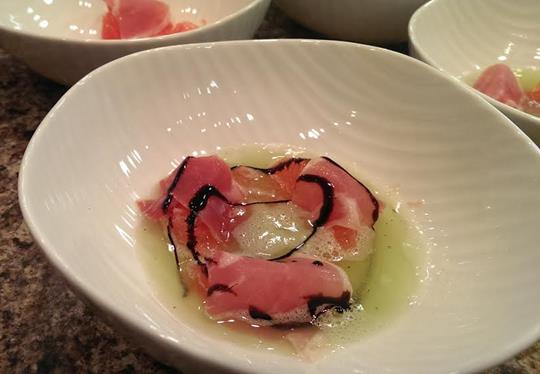
At the Museo Del Jamon!

The third recipe here, Variations of Red, was our final dish from the night & was another idea I got from a dish made at El Bulli. The idea of the ingredients came from their dish, in which they used a freeze drying process for their fruits & a light strawberry foam. To simplify the recipe, I marinade the fruit in a balsamic syrup and sub the strawberry foam with a strawberry & vanilla bean whipped cream. This was a nice, simple & light dessert that to me is a great finish to a date night dinner.
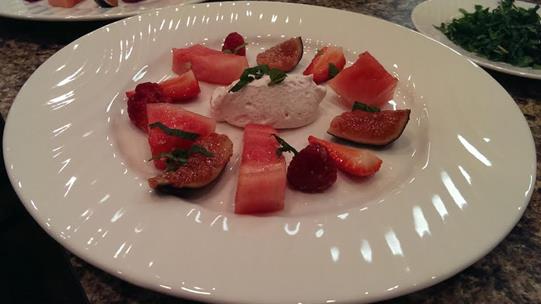
If you’re interested in finding out more about the cooking classes hosted by the Compleat Cook please visit their website. I have a few more classes coming up soon, Cooking 101, Small Bites, Chocolate & Saucery! There is also a great lineup of Calgary Chef’s being featured until the end of June, including my friend Andrew Trinier who was one of the best Chef’s I have worked with so far in my career. Please contact Margaret for more info!
|
Scallop Ceviche |
|
|
|
|
|
|
|
|
|
|
|
For the marination: |
|
|
|
|
|
|
|
|
|
|
|
|
|
|
|
|
|
|
|
Digby scallops, cut into three equal medallions |
|
|
|
|
|
Lime juice |
|
|
|
|
|
|
|
|
Lemon juice |
|
|
|
|
|
|
|
|
Orange juice |
|
|
|
|
|
|
|
|
Fennel, julienned |
|
|
|
|
|
|
|
|
Extra virgin olive oil |
|
|
|
|
|
|
|
pinch |
Kosher salt |
|
|
|
|
|
|
|
|
|
|
|
|
|
|
|
|
|
Directions: |
|
|
|
|
|
|
|
|
|
|
|
|
|
|
|
|
|
|
|
1. In a glass bowl, combine all ingredients. |
|
|
|
|
|
|
2. Marinade for 30 minutes. |
|
|
|
|
|
|
|
3. Drain scallops, reserve liquid & fennel separately. |
|
|
|
|
|
4. Pat the scallops dry, cover and place in the fridge until ready to use. |
|
|
|
|
|
|
|
|
|
|
|
|
|
For the garnishes: |
|
|
|
|
|
|
|
|
|
|
|
|
|
|
|
|
|
|
|
Roma tomatoes, julienned |
|
|
|
|
|
|
|
Avocado slices |
|
|
|
|
|
|
|
|
Julienned fennel |
|
|
|
|
|
|
|
|
Radish, thinly sliced medallions (held in ice cold water) |
|
|
|
|
Blood orange segments |
|
|
|
|
|
|
|
Mango gastrique (recipe follows) |
|
|
|
|
|
|
Micro-greens, freshly cut |
|
|
|
|
|
|
to finish |
Malden salt |
|
|
|
|
|
|
|
to finish |
Freshly cracked black pepper |
|
|
|
|
|
|
|
|
|
|
|
|
|
|
|
|
For the mango gastrique: |
|
|
|
|
|
|
|
|
|
|
|
|
|
|
|
|
|
|
Marinating liquid |
|
|
|
|
|
|
|
|
Granulated sugar |
|
|
|
|
|
|
|
|
Rice vinegar |
|
|
|
|
|
|
|
|
Honey |
|
|
|
|
|
|
|
|
|
Ripe mango, diced |
|
|
|
|
|
|
|
|
Kosher salt |
|
|
|
|
|
|
|
|
Ground black pepper |
|
|
|
|
|
|
|
|
|
|
|
|
|
|
|
|
|
Directions: |
|
|
|
|
|
|
|
|
|
|
|
|
|
|
|
|
|
|
|
1. Add marinating liquid to a pot & bring to the boil. |
|
|
|
|
|
2. Add remaining ingredients & bring to the boil. |
|
|
|
|
|
3. Reduce liquid by half. |
|
|
|
|
|
|
|
4. Blitz to a smooth consistency with a blender. |
|
|
|
|
|
5. Adjust seasoning as needed. |
|
|
|
|
|
|
|
|
|
|
|
|
|
|
|
|
|
Honeydew Soup w/Grapefruit Segments & Prosciutto |
|
|
|
|
|
|
|
|
|
|
|
1 |
Honeydew, peeled, cored & cut into small squares |
|
|
|
|
small bunch |
Mint |
|
|
|
|
|
|
|
|
100ml |
Water |
|
|
|
|
|
|
|
|
Pinch |
granulated sugar |
|
|
|
|
|
|
|
|
|
|
|
|
|
|
|
|
|
1 |
Grapefruit, peeled, segments |
|
|
|
|
|
|
100g |
Prosiutto |
|
|
|
|
|
|
|
|
|
|
|
|
|
|
|
|
|
|
Drizzle |
Balsamic reduction |
|
|
|
|
|
|
|
|
|
|
|
|
|
|
|
|
|
Directions: |
|
|
|
|
|
|
|
|
|
|
|
|
|
|
|
|
|
|
|
1. Place honeydew & mint in a blender & blitz until smooth. |
|
|
|
|
2. Pass through a strainer to smooth out consistency. |
|
|
|
|
|
3. Wrap grapefruit segments with prosciutto & arrange in a bowl. |
|
|
|
|
4. Pour strained soup over the segments, only enough to cover approximately half way. |
|
|
5. Drizzle with balsamic reduction. |
|
|
|
|
|
|
|
|
|
|
|
|
|
|
|
|
Variations of Red |
|
|
|
|
|
|
|
|
|
|
|
For the Balsamic Syrup: |
|
|
|
|
|
|
|
|
|
|
|
|
|
|
|
|
|
1 cup |
Granulated sugar |
|
|
|
|
|
|
|
1 cup |
Water |
|
|
|
|
|
|
|
|
1/2 cup |
Balsamic vinegar |
|
|
|
|
|
|
|
|
|
|
|
|
|
|
|
|
|
Directions: |
|
|
|
|
|
|
|
|
|
|
|
|
|
|
|
|
|
|
|
1. In a medium sized pot, bring the granulated sugar & water to a boil. |
|
|
|
2. Continue boiling until sugar is completely dissolved. |
|
|
|
|
|
3. Add the balsamic vinegar. Check for a balance between sweet & sour and adjust to taste. |
|
4. Place syrup in the fridge to cool down. |
|
|
|
|
|
|
|
|
|
|
|
|
|
|
|
|
To marinade: |
|
|
|
|
|
|
|
|
|
|
|
|
|
|
|
|
|
|
1/2 lb |
Watermelon, small cubes |
|
|
|
|
|
|
1/2 lb |
Strawberries, quartered |
|
|
|
|
|
|
1/2 lb |
Raspberries, whole |
|
|
|
|
|
|
|
1/2 lb |
Figs, halved |
|
|
|
|
|
|
|
2.5 cups |
Balsamic syrup |
|
|
|
|
|
|
|
|
|
|
|
|
|
|
|
|
|
Directions: |
|
|
|
|
|
|
|
|
|
|
|
|
|
|
|
|
|
|
|
1. Place all the fruit in a glass bowl and cover with the syrup. |
|
|
|
|
2. Marinade in the fridge for approximately 1/2 hour to 1 hour. |
|
|
|
|
|
|
|
|
|
|
|
|
|
|
For the Strawberry & vanilla whipped cream: |
|
|
|
|
|
|
|
|
|
|
|
|
|
|
|
1/4 cup |
Strawberries, juiced |
|
|
|
|
|
|
|
3 pods |
Fresh vanilla |
|
|
|
|
|
|
|
1 tsp |
Sugar |
|
|
|
|
|
|
|
|
1 cup |
Heavy cream |
|
|
|
|
|
|
|
|
|
|
|
|
|
|
|
|
If you have any questions or comments about any of the recipes presented here, please feel free to drop me a line or comment!
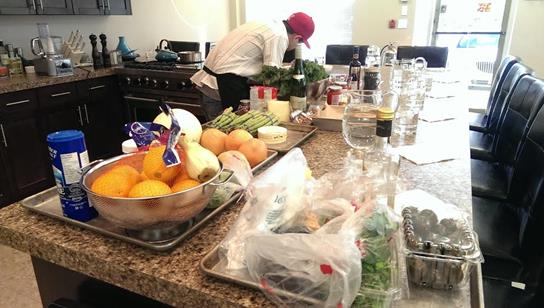
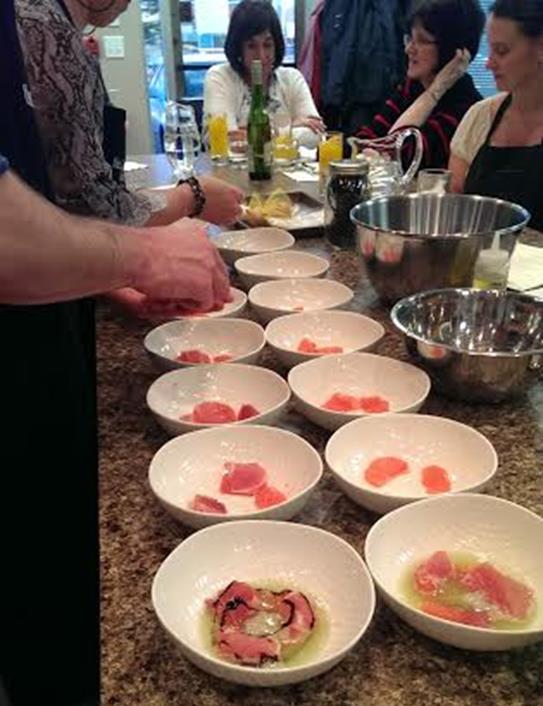
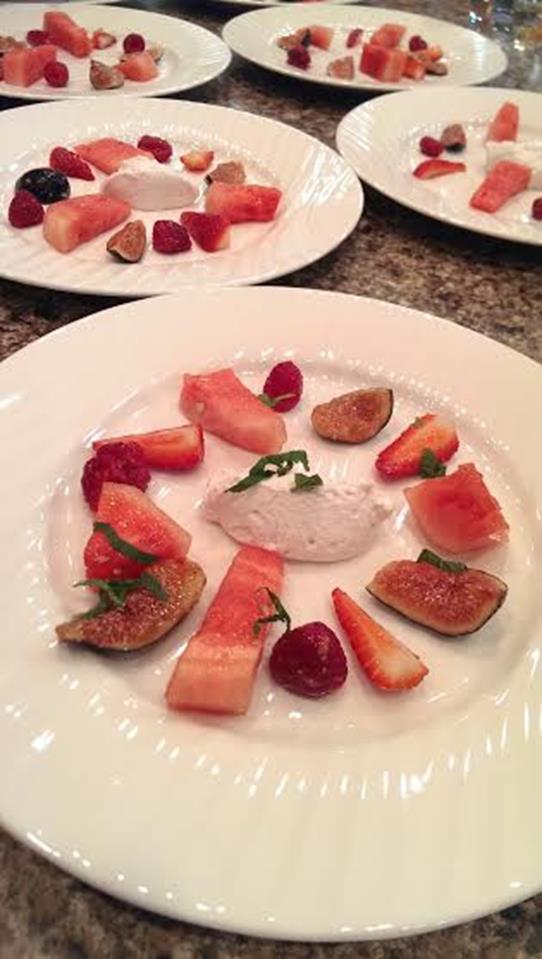
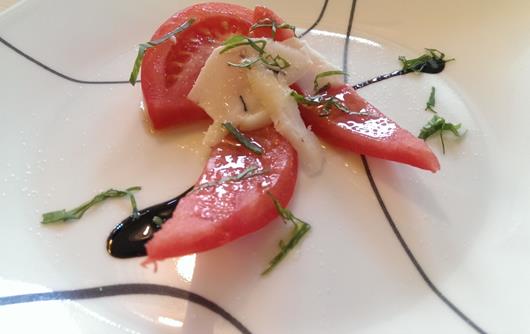
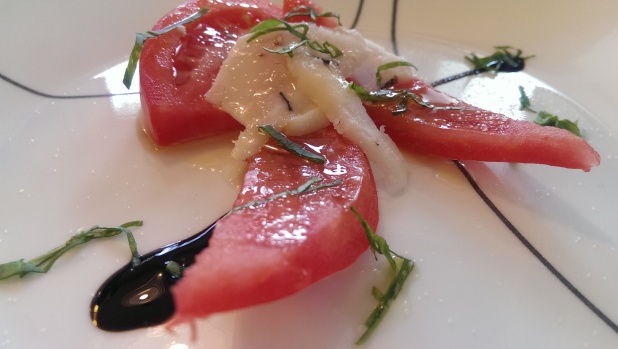
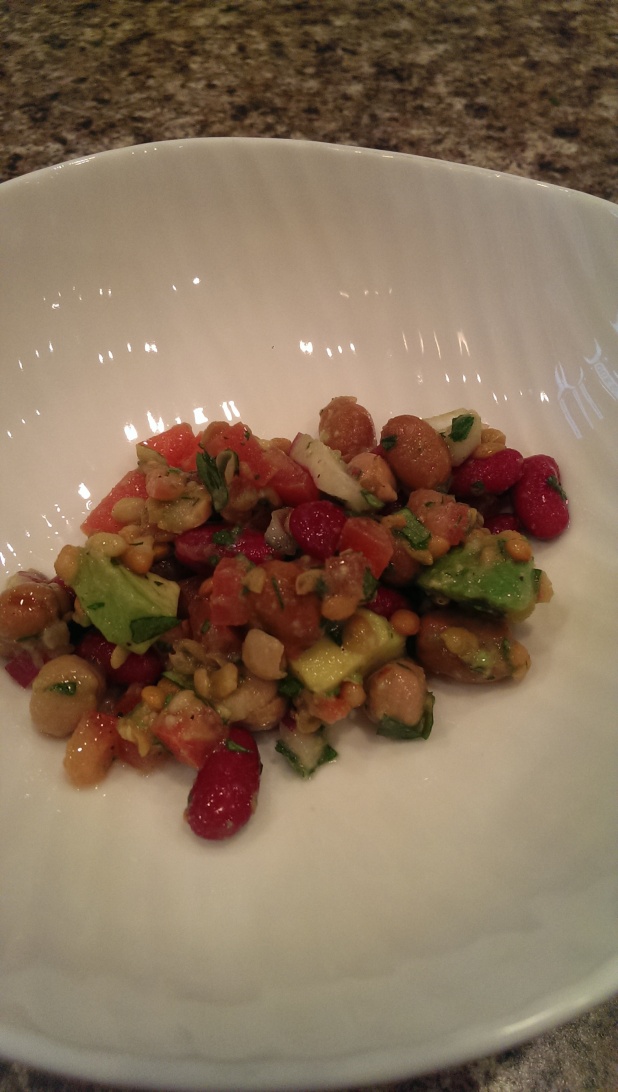








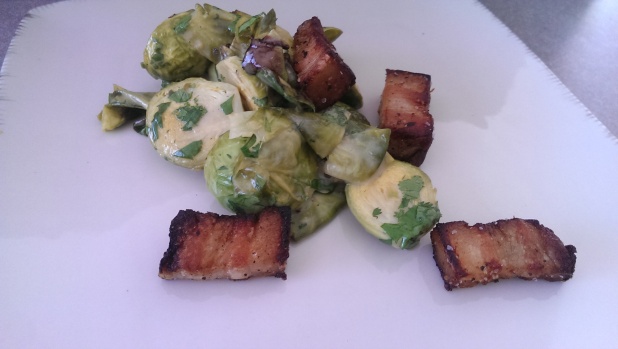
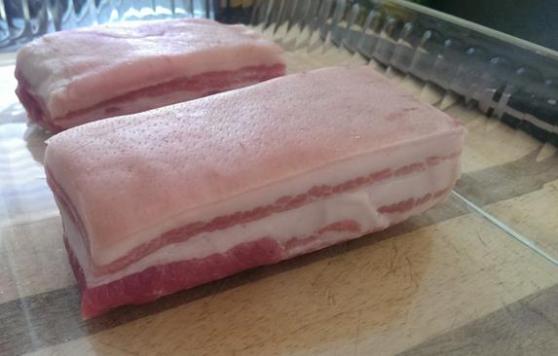
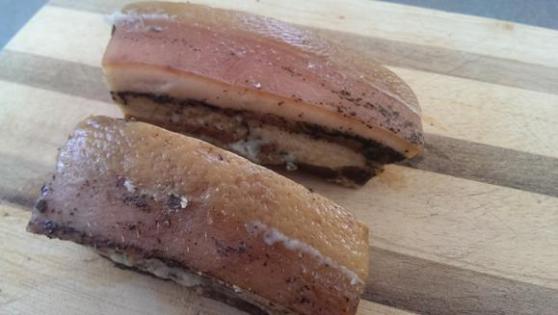
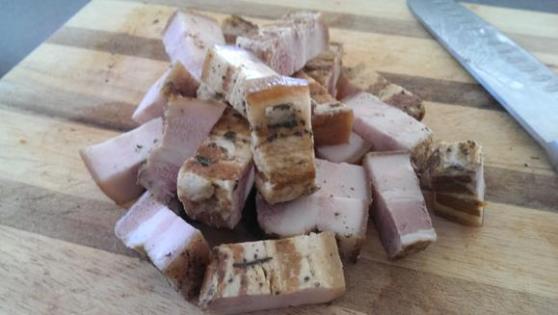
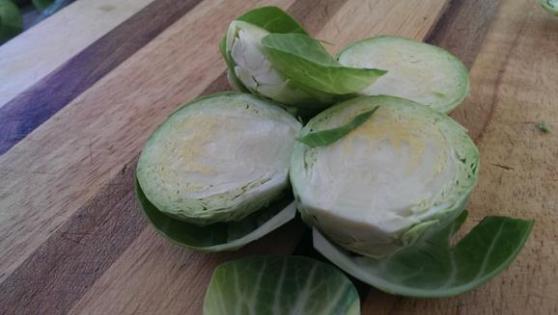
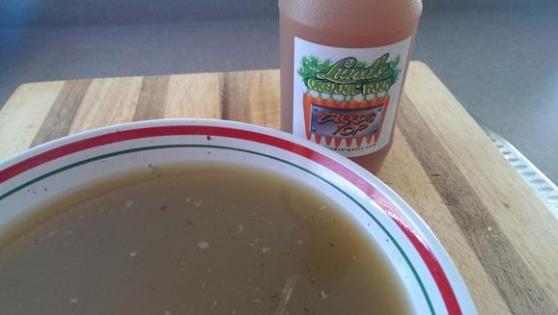
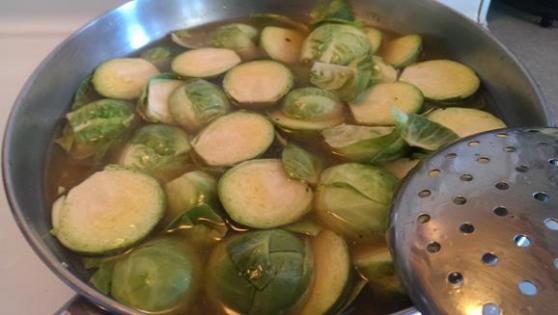
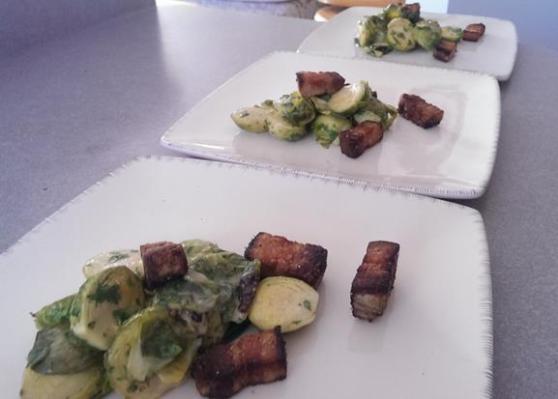

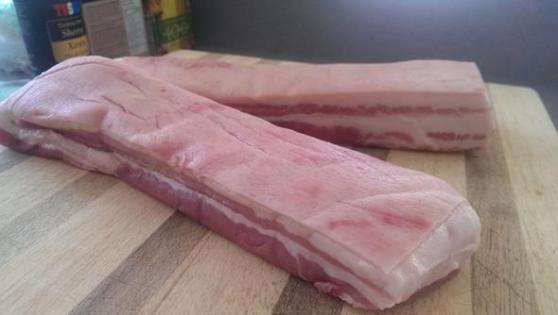
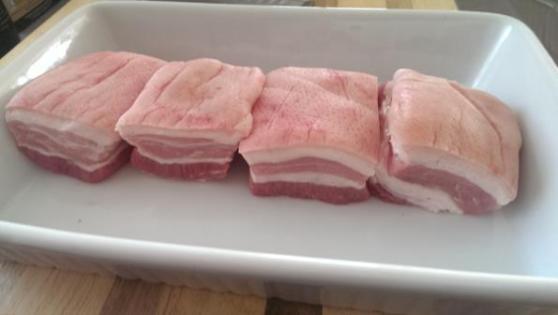
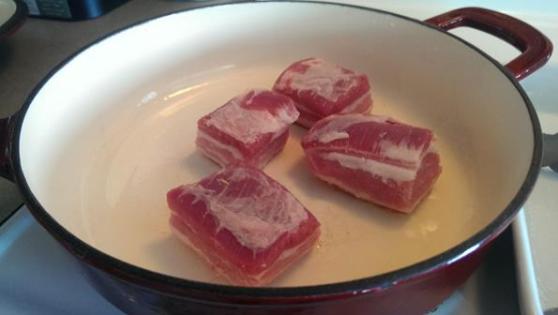
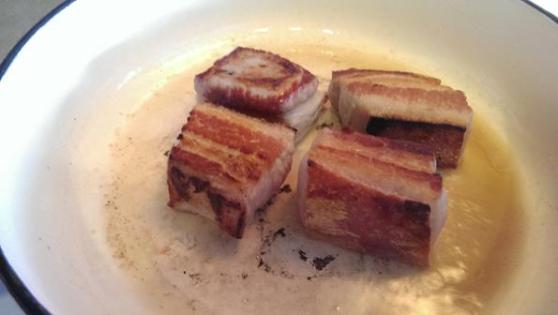
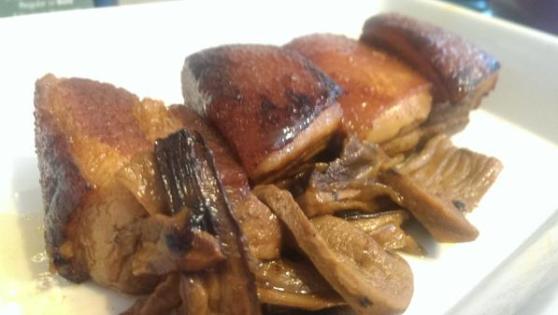
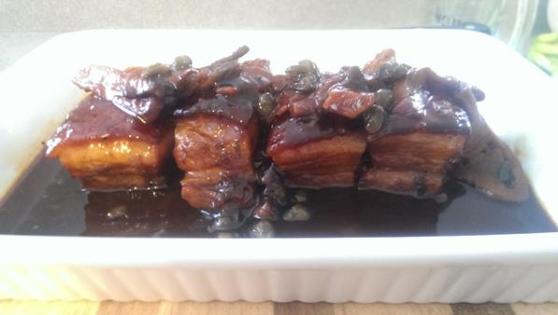
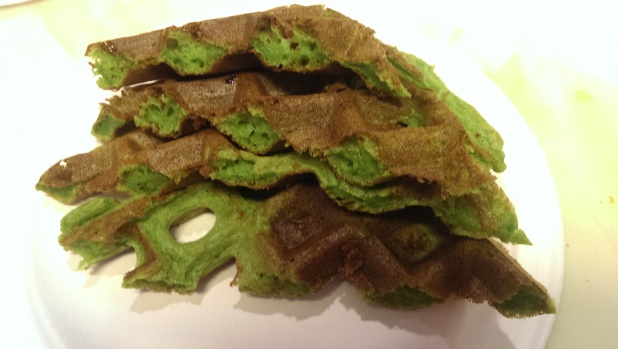
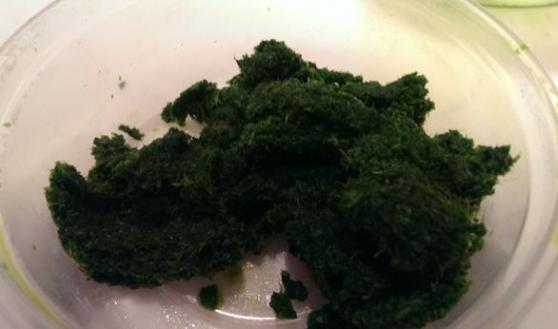
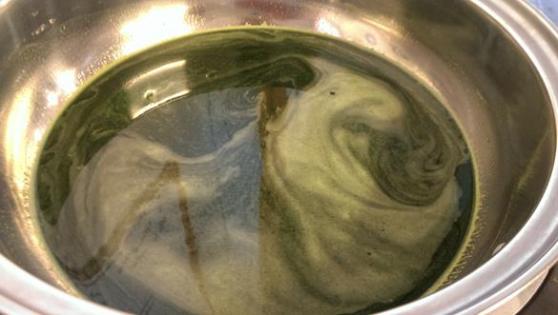
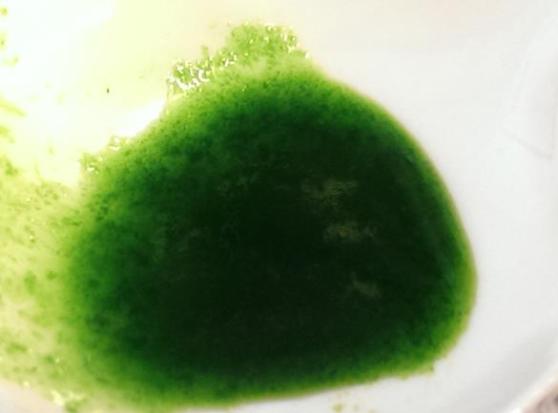
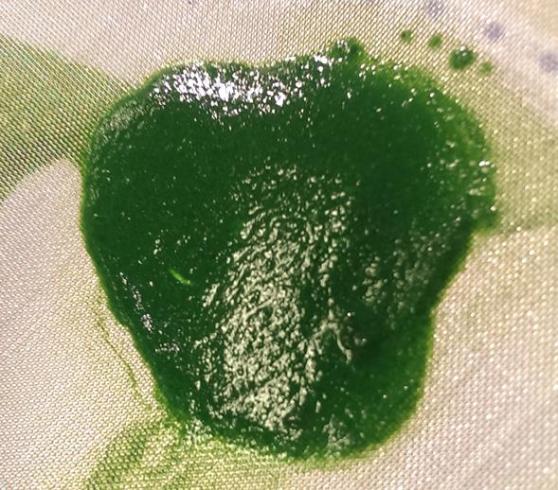
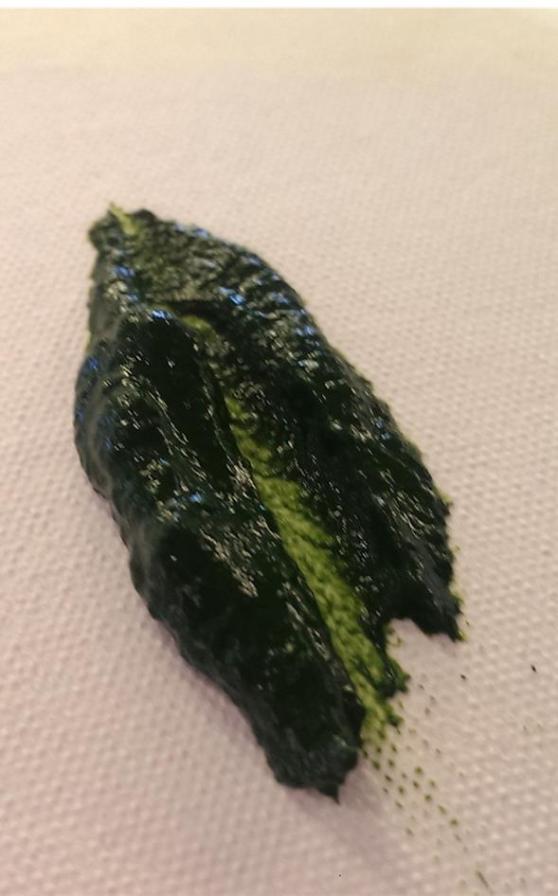
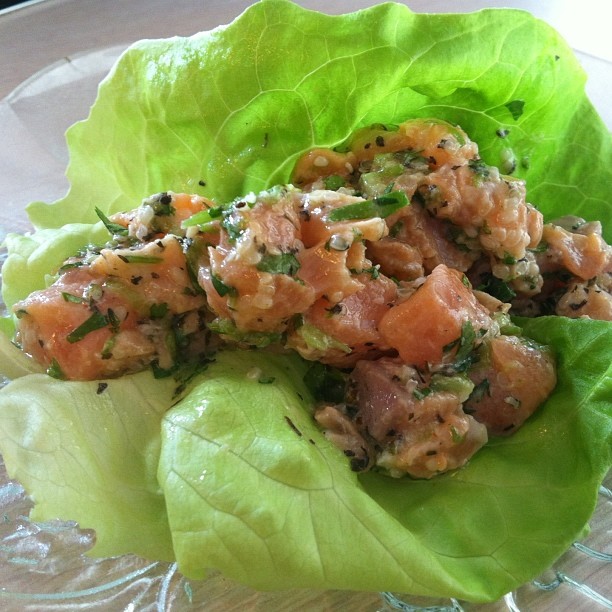

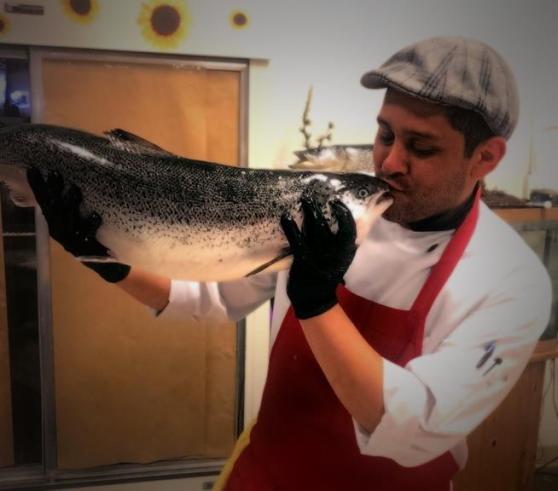
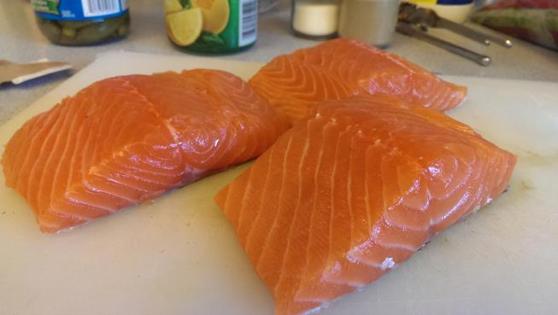
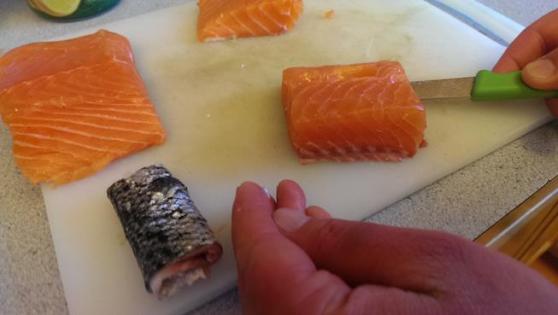
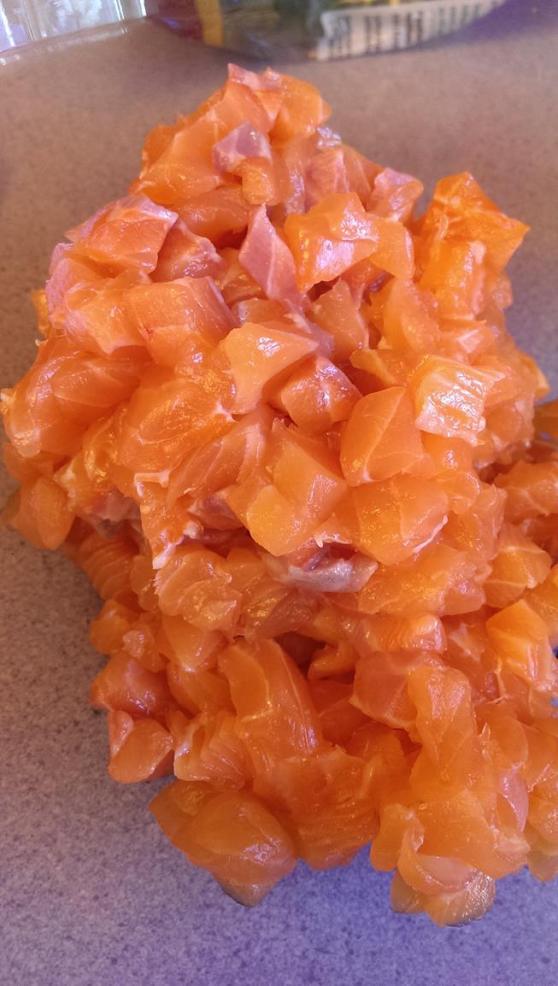
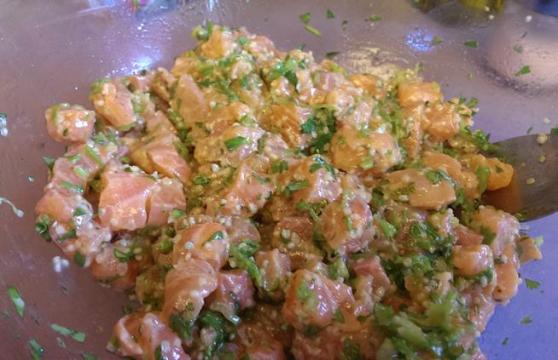

 next the seafood offerings on a lot of menus. Created by the Vancouver Aquarium, Ocean Wise is a program designed to educate about the problems surrounding sustainable seafood. For more information, please visit
next the seafood offerings on a lot of menus. Created by the Vancouver Aquarium, Ocean Wise is a program designed to educate about the problems surrounding sustainable seafood. For more information, please visit 